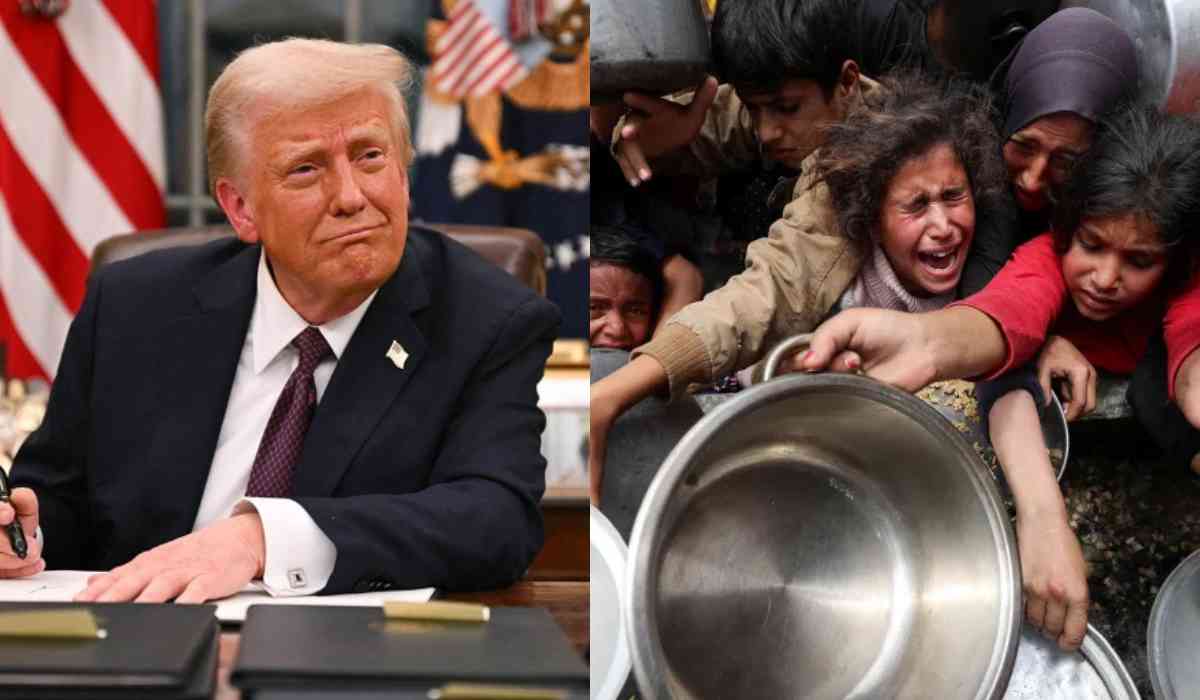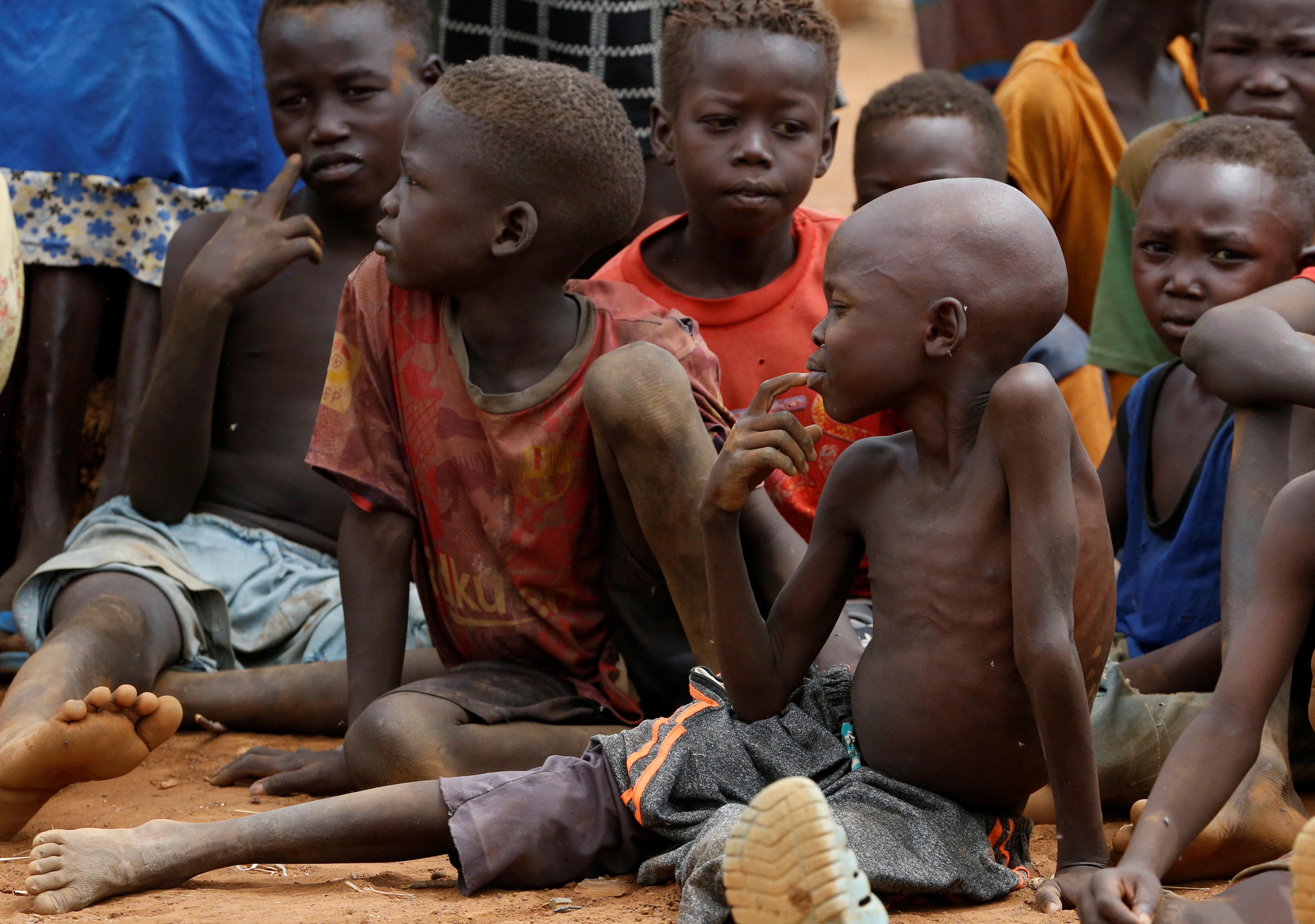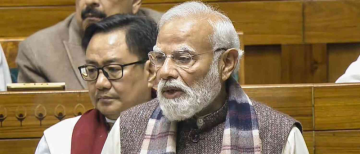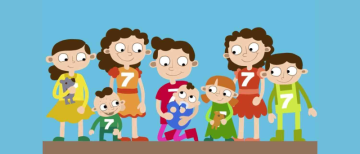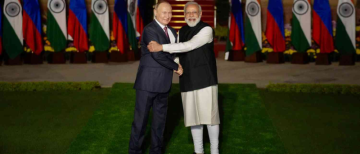A new report published today in The Lancet, led by researchers from the Barcelona Institute for Global Health, warns that deep cuts to U.S. foreign aid could cause more than 14 million additional deaths by 2030, including over 4.5 million young children under the age of five.
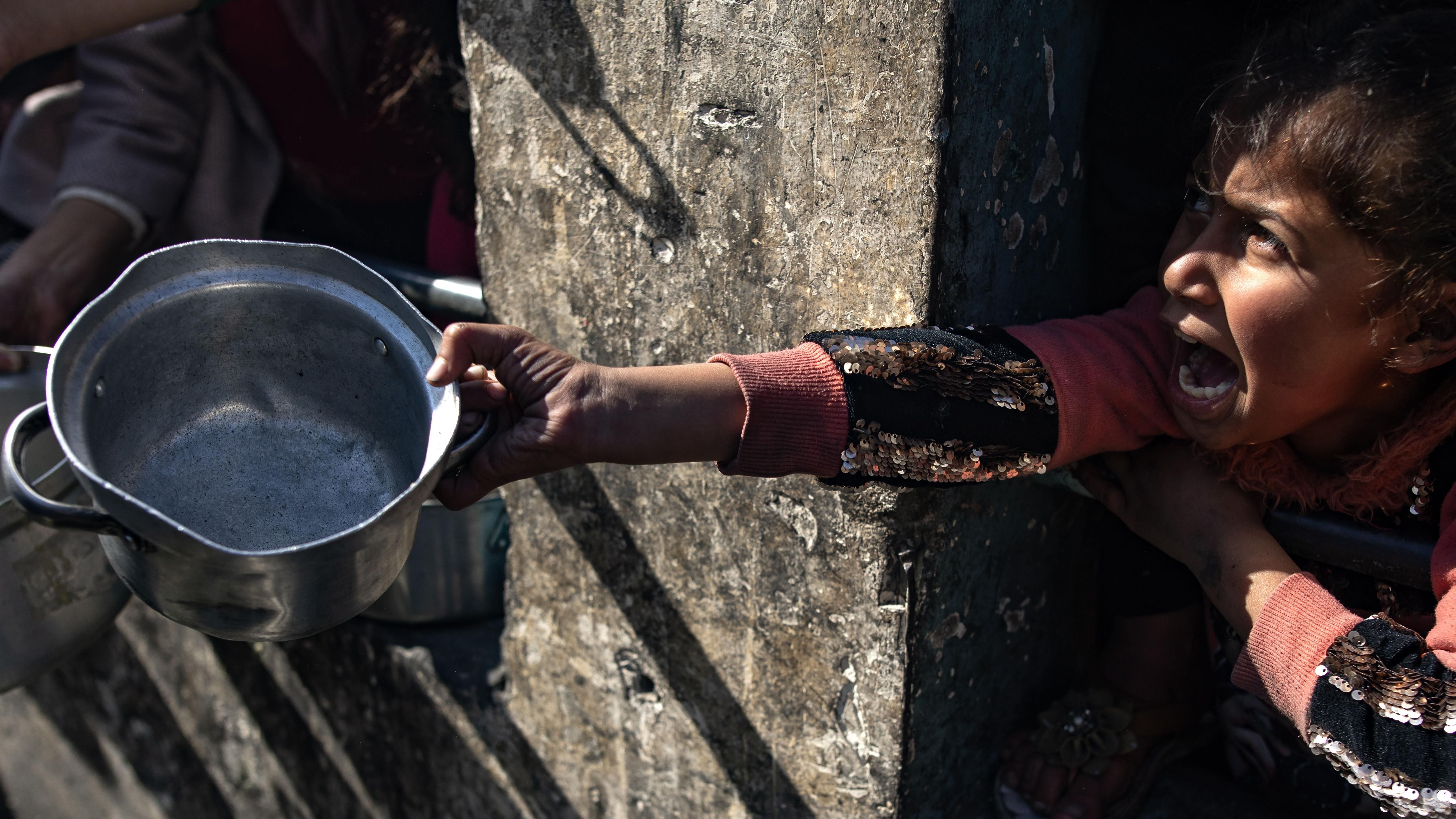
What Is the Report About?
For many years, the U.S. Agency for International Development (USAID) has been a major supporter of health and development in low- and middle-income countries. According to the study, from 2001 to 2021, USAID programs helped prevent around 91 million deaths, about 30 million of which were among children.
But now, the Trump administration has cut about 80–85% of USAID programs and in March ordered the agency to be merged into the State Department . These actions include cancelling thousands of multi-year contracts, reducing funding in vital areas like vaccines, HIV, malaria, nutrition, education, and clean water.
How Bad Could It Be?
The study used computer models to predict two scenarios:
-
Keeping aid at 2023 levels.
-
Reducing aid by 83%, as currently underway.
If the second path continues, the models show:
-
1.8 million additional deaths in 2025 alone.
-
A total of 14 million excess deaths by 2030.
-
Nearly 4.5 million of these deaths will be children under five.
Researchers say that for many countries, such a sudden cut could feel like a global pandemic or a major war . One co-author, Davide Rasella from Barcelona, said, “For many low- and middle-income countries, the resulting shock would be comparable in scale to a global pandemic or a major armed conflict”.
Real-Life Effects Are Already Happening
Several reports highlight the real-world harm:
-
In Sudan, clinics funded by USAID have shut due to funding freezes in 2025. As a result, children couldn't get medicine or food and many suffered from malnutrition .
-
In Africa, cutbacks in malaria and HIV programs have led to reductions in prevention, testing, and treatment efforts. For example, nearly 47% of USAID funding for malaria prevention has been lost, leaving families at greater risk.
-
Over 26 million condoms and HIV drug supplies, already bought by the U.S., are stuck in warehouses and face expiration, affecting many, especially women, now unable to plan families or access reproductive health services .
What Do Experts and Officials Say?
The cuts have sparked criticism and warnings:
-
Former Presidents Obama and Bush, along with singer Bono, shared emotional farewells to USAID. Obama warned the cuts were a “colossal mistake,” highlighting the agency’s long life-saving work.
-
UN Secretary-General António Guterres said, “Financing is the engine of development and that engine is currently drowning” .
-
Amnesty International called the aid freeze “reckless and profoundly damaging,” saying it violates human rights, including the rights to life and health .
-
The International Rescue Committee, led by former UK foreign minister David Miliband, urged shifting more aid to poor, conflict-affected countries rather than wealthier ones.
-
Economists, including Angus Deaton, proposed reforming aid rather than cutting it entirely.
Why This Matters—Even for Kids
When aid is cut:
-
Basic health services stop, causing more illness and death among children and families.
-
Dangerous diseases spread faster because vaccines, treatment, and prevention programs disappear.
-
School attendance drops when families struggle to pay for food or medical care.
-
Countries may become less stable, leading to bigger global problems like conflicts or new outbreaks.
Looking Ahead
Later this year, world leaders will meet at the UN financing summit in Seville. They will discuss how to address the aid crisis . The U.S., however, may not rejoin these talks until policies change.
The study urges that unless funding is restored soon, an estimated 14 million more people could die by 2030—many of them children.
In Summary
-
U.S. cuts to foreign aid—especially via USAID—may cause millions of extra deaths.
-
Real harm is already seen in places like Sudan and West Africa.
-
Experts say these cuts hurt not just health, but also education, stability, and global partnerships.
-
Both sides agree reforms are needed—but there’s a sharp divide on whether to shrink aid or make it more effective.
-
The next steps at international meetings will be key to determine whether progress continues… or reverses.
_https___media.globalcitizen.org_d3_c0_d3c0775f-6623-4a8b-98e1-595038b3ecd0_donald-trump-free-speech_1751359705.webp)
This report reminds us that when one country pulls back, the world can be affected—especially the lives of children and families far away. It also raises important questions: How should nations help others? Who decides? And what responsibilities does the world share in keeping people safe and healthy?
With inputs from agencies
Image Source: Multiple agencies
© Copyright 2025. All Rights Reserved Powered by Vygr Media.

